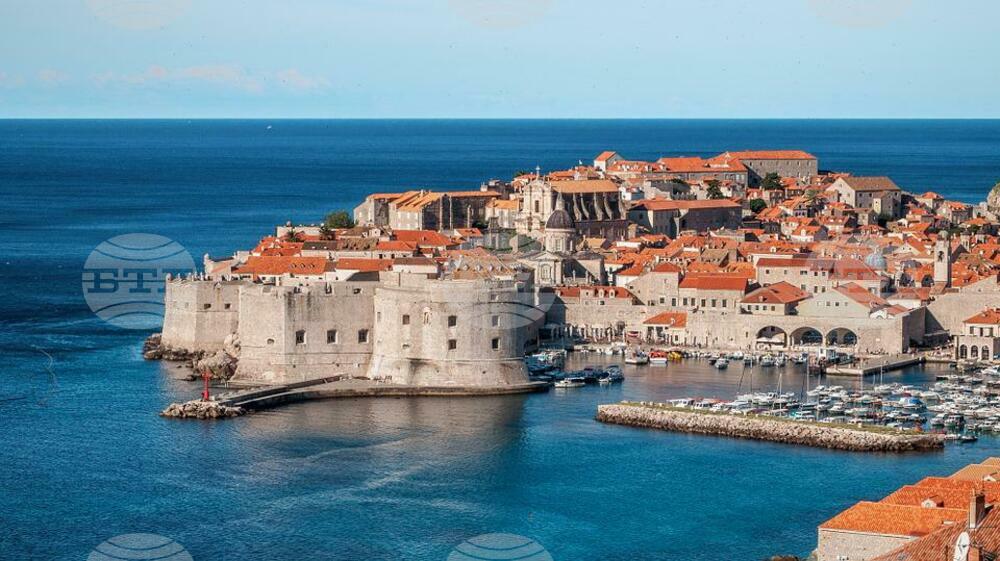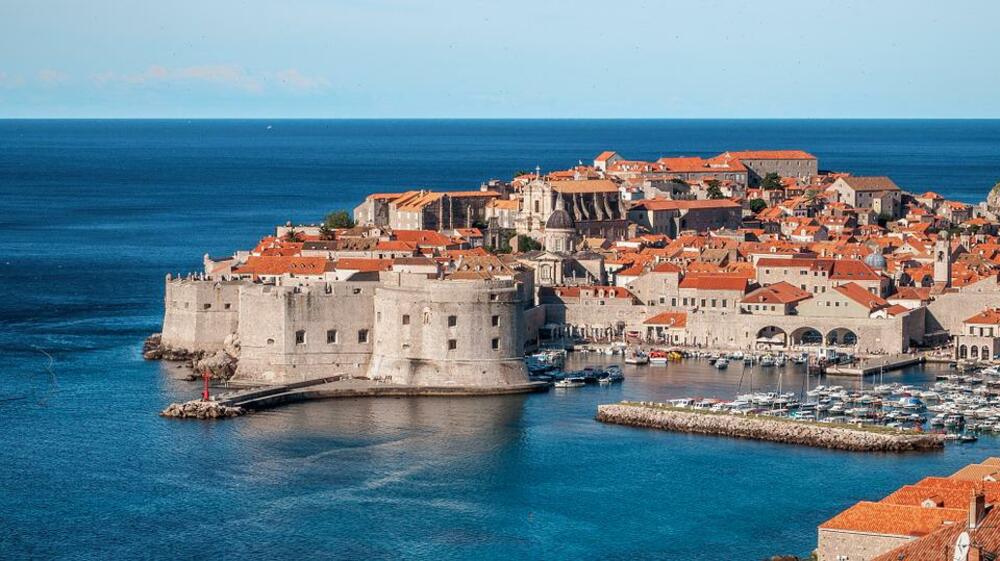site.btaAdriatic Coast Cities Kotor and Dubrovnik Struggle with Tourist Influx


Two cities on the Adriatic coast, Croatia's Dubrovnik and Montenegro's Kotor, are part of the UNESCO World Heritage List and are film sets of cult movie productions, but they face the same challenge - overtourism.
The huge, uncontrolled influx of tourists is becoming a global problem. In 2024, series of protests against the excessive tourist flow were held in several leading tourist destinations in Europe, including Venice, Barcelona, the island of Santorini in Greece.
According to locals, the excessive number of tourists is driving up house prices and rents, making them unaffordable for residents. In addition, incoming visitors cause massive traffic jams and damage the environment.
Overtourism has also gripped the Balkans.
Finding a solution to this problem is urgent for Croatia and Montenegro because the tourism sector represents a significant part of their gross domestic product (GDP), 20% of Croatia's GDP and 25% of Montenegro's.
The concentration of locals and tourists visiting and staying in Dubrovnik will increase by 70% per square kilometre by 2030, making the southern Croatian city the most populous tourist destination. By this indicator, Dubrovnik is ahead of Venice, New York, Amsterdam, Paris and Rome, according to the data of a recent analysis "The State of tourism and hospitality in 2024" by the consulting company McKinsey, quoted by the website poslovni.hr.
Furthermore, according to a recently published study by the rental company holidu.de, Dubrovnik tops the ranking of European cities with the most tourists, with 27 guests per Dubrovnik resident, as the city’s population is nearly 42,000.
Crowds of visitors are attracted to the Croatian city not only by its medieval charm, but also because of the cult TV series Game of Thrones, which used the old part of the city as a natural scenery. Travel agencies don't miss this fact in their efforts to attract customers, offering a special tour dedicated solely to the series.
The popularity of the city has its price. Tourists clog the narrow streets and raise rents. Locals occupy only 30% of accommodation in the Old Town. Before the breakup of Yugoslavia in the early 1990’s and Croatia's war of independence, there were about 5,000 residents. Today they number 1,200, Reuters noted.
To cope with overtourism, Dubrovnik has introduced a plan called "Respect the City," which limits the number of visitors from cruise ships to 4,000 at any one time. The city recently banned new permits for private rentals in the historic part of the city to counter rising rents for locals.
The city began buying up apartments to offer to young families with 10-year leases.
Since 2023, visitors to the Old Town have to carry their suitcases in their arms, not drag them, in order not to make a noise. The fine for violators is EUR 265.
Not everyone agrees with these decisions. Vedran Mjovic of Hedera Estate Agency, which manages 150 properties in Dubrovnik, believes that private accommodation is a better option for the public than large hotels and hotel complexes, which only benefit large foreign funds.
The Managing Director of Institute for Tourism in Zagreb, Damir Kresic, told Deutsche Welle that the model of tourism, where the most important thing is to achieve a higher number of tourists, does not have a satisfactory level of added value, but quickly exhausts resources. Instead of mass tourism, the demand should be reduced, but the drop in revenue that would occur in this situation should be compensated by something else, he said. Kresic also draws attention to the increasing number of low-cost airline flights, which also contributes to overtourism.
Kotor, located on the bay of the same name on the Adriatic Sea in Montenegro, is also trying to find ways to cope with the crowds of tourists clogging its streets and damaging the environment.
Many visitors arrive by the hundreds of boats, yachts and cruise ships each day, which has prompted calls to raise the one-euro fee paid by tourists on cruise ships entering the city.
The number of annual cruise ship arrivals has risen steadily over the past decade, with about 500 expected this year. On Wednesday alone, four cruise ships carrying about 5,000 tourists moored in the town, which featured in the 2006 James Bond film "Casino Royale".
The city's population is about 23,000, and four ships carrying 5,000 tourists happen to dock at the same time in a day, Reuters noted.
Local people complain about congestion, house prices and environmental destruction.
"The life of our neighbours is becoming increasingly difficult during the tourist season," said Jovan Ristic, director of the local tourist organization, who backs an increase in the cruise ship visitor fee. "All similar tourist destinations are working on reducing or selecting passenger ships and seriously collecting excursion fees," Ristic added.
The surge in mass tourism is also taking a toll on the local marine environment.
"Such a number of cruisers requires a study to determine the maximum environmental load," said Milica Mandic, a scientific advisor at Montenegro's Institute of Marine Biology.
/YV/
news.modal.header
news.modal.text